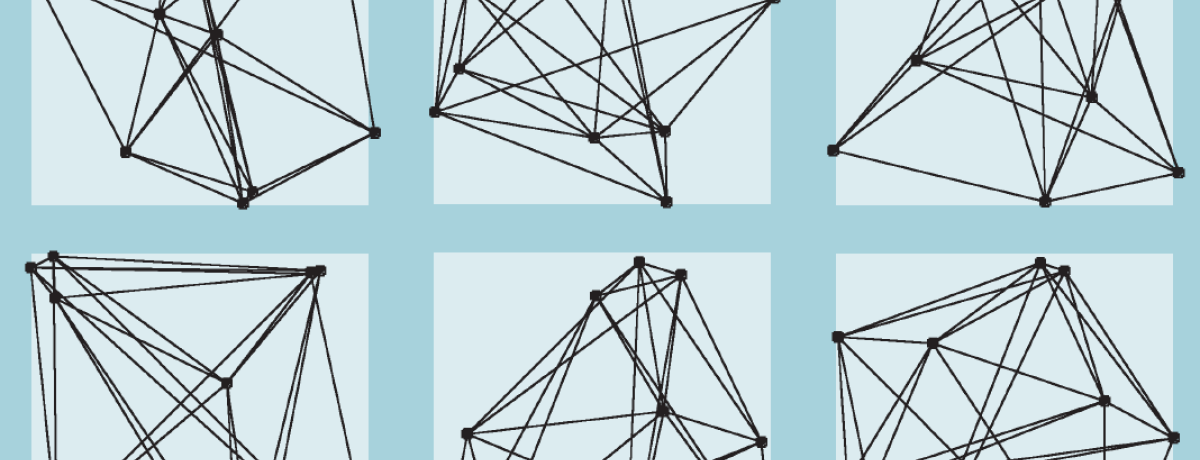
It Actually Still is a Small World After All: Graph Theory and Small-World Phenomenon
Graph theory is one of the most currently active branches of mathematics and interest in it is due mostly to the ever-increasing power of computers and the widespread applicability of graphs for modeling important realistic problems.
In an increasingly connected, wired, networked world (not to mention small) the nature of physical, social, and conceptual relationships is a hot topic in a wide variety of academic disciplines spanning mathematics, physical sciences, social sciences, and computer science.
Small-World Phenomenon
Remember the Kevin Bacon Game where an actor is selected at random and we see how few links are needed to connect that actor to Kevin Bacon? This is a perfect example of graph theory modeling the "small-world" phenomenon.
And this doesn't just apply to celebrities. Let's say you're sitting next to a stranger on an airplane, at a large party, or at a ball game and after talking a bit you realize that one of your relatives knows the sister of the stranger's best friend — in fact they work for the same company. Such a connection leads you to remark, "Guess it's a small world, huh?"
Read more about graph theory and an introduction to the small world phenomenon in this previously published article in our Consortium newsletter.
Exploring Six Degrees of Separation
Although the Kevin Bacon Game appeared on the scene in 1994, the six degrees of separation idea dates back to an experiment conducted in 1967. Then in 1998, Professor Steven Strogatz and then-student Duncan Watts, Ph.D. published a mathematical model that launched the field of network science. The model they proposed not only provided a way to see and understand a wide range of networks, but it would mobilize work in scientific communities across many disciplines.
A key finding in the paper was that a large network could be made small very quickly with just a few random connections, connections joining already tightly clustered nodes. Read more from Cornell here.
More Resources on Small-World Phenomenon
In addition to the links included above, here are some additional resources for exploring this phenomenon:
Written by
COMAP
The Consortium for Mathematics and Its Applications is an award-winning non-profit organization whose mission is to improve mathematics education for students of all ages. Since 1980, COMAP has worked with teachers, students, and business people to create learning environments where mathematics is used to investigate and model real issues in our world.
